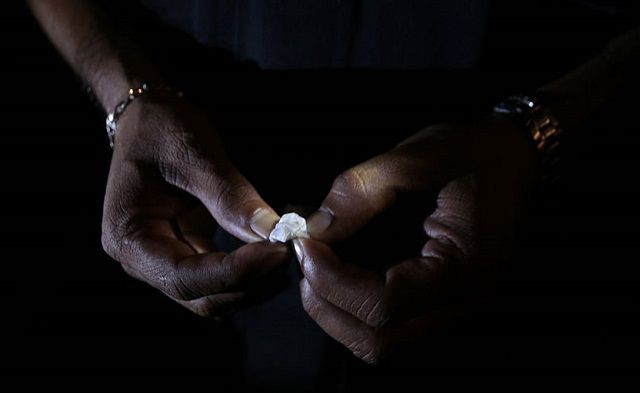The Human Brain, Hijacked: How Drug Addiction Affects Brain Chemistry

In the late 1990s, a team of doctors and researchers at the University of Pennsylvania in Philadelphia ran a study that detected nerve cell activity in the brains of cocaine addicts whenever they viewed cocaine-related cues. These cues, mere blips buried in a film, showed cocaine and cocaine-use. And although most of the cues would go undetected by other people, results showed the reward pathways in subjects’ brains lighting up with activity.
If this kind of brain activity happens when someone with a drug addiction views images of their preferred drug, imagine the brain’s reward system response when it’s right in front of their face. With regard to addiction, we know very well that powerful things happen in the brain.
There are two parts to the brain: the limbic system, which is considered more primitive, and the neocortex — the modern brain. The limbic system controls our survival instincts and autonomic functions, such as our “fight-or-flight” response. The neocortex, meanwhile, is all about spatial reasoning, learning, language, and conscious thought. Because of this, the neocortex has more control over the body — it can say yes, no, or maybe — while the limbic area is always on and ready to act.
When addiction comes into play, it manipulates the brain to create a new operating system. It slowly develops a distorted perception of survival, that the brain needs the reward only drugs can provide, and that this is crucial to surviving. “Yes. I need to keep doing drugs. I need to keep drinking,” the addict often thinks.
This new system is very rigid and very reliable. The part of the brain that keeps the heart beating and organs working is now fueling a strong need for the use of drugs. At this point, addiction has become a disease, because it has changed the physical structure and function of the brain.
It all comes down to chemistry.
Addiction, as defined by the American Society of Addiction, is a primary chronic disease of brain reward, motivation, memory, and related circuitry. A lot of patients say they feel powerless against this new system that has taken control.
Substance abuse hijacks reward pathways associated with the brain’s dopamine circuits. Normally, dopamine is released in the brain during activities crucial to survival, like eating food, having sex, and social interaction. But the levels of the neurotransmitter released here are nothing compared to the amount released when someone takes drugs like methamphetamine, cocaine, and heroin.
These substances affect the brain in drastic and immediate ways. Over time, the levels of dopamine that are released aren’t enough to produce the same high, so users must take more of the drug to get higher. This eventually causes irreversible changes to the brain.
While the timeframe in which a person becomes addicted is part of a heated debate, there’s no questioning that it depends on the individual’s genetics and environment. Addiction of any kind is not merely a series of poor choices, but a medical disease that holds its victims captive.
Dr. Timothy Huckaby is the Medical Director at Orlando Recovery Center and a fellow of the American Society of Addiction Medicine. He is world-renown for his contribution in addiction treatment.



























